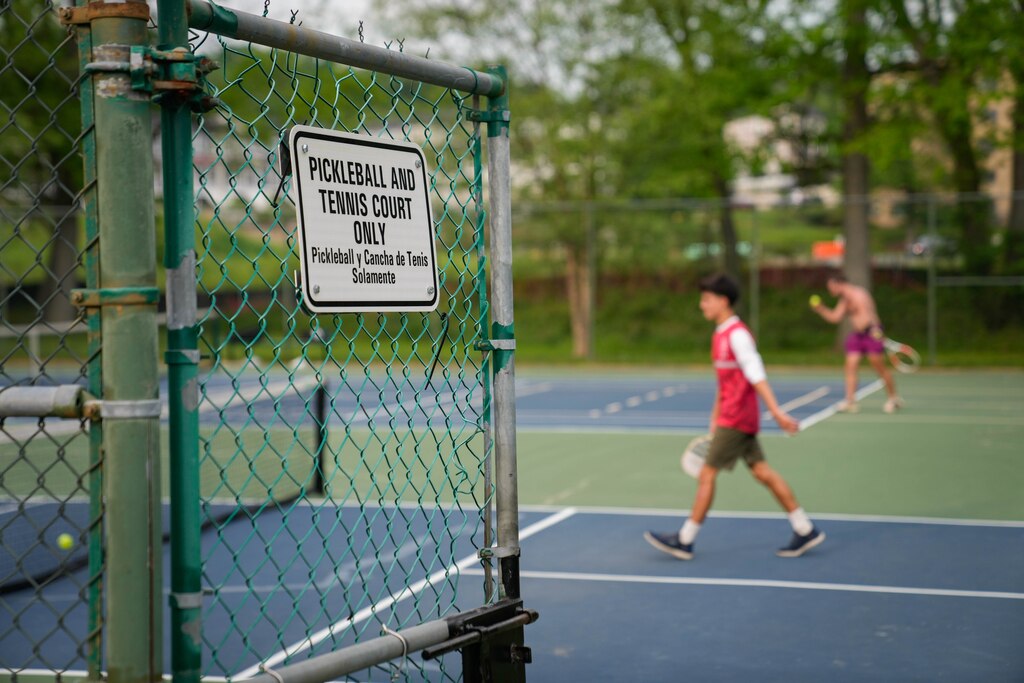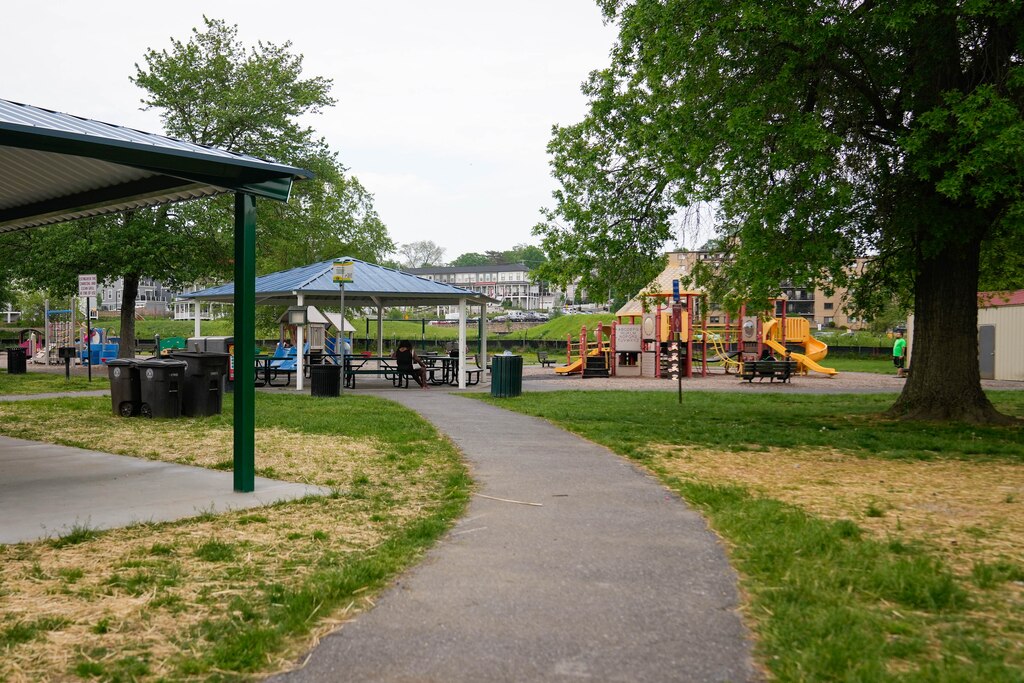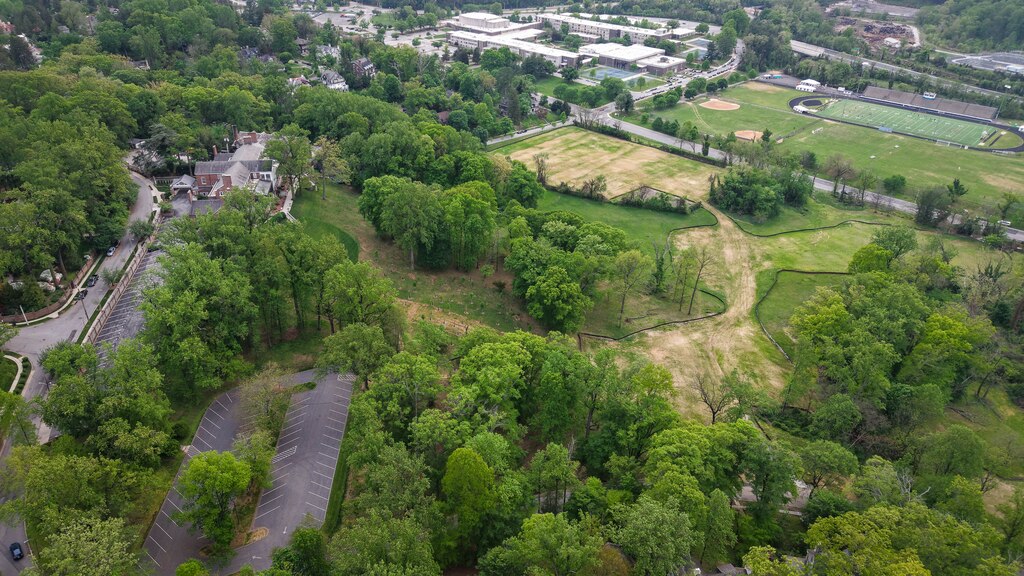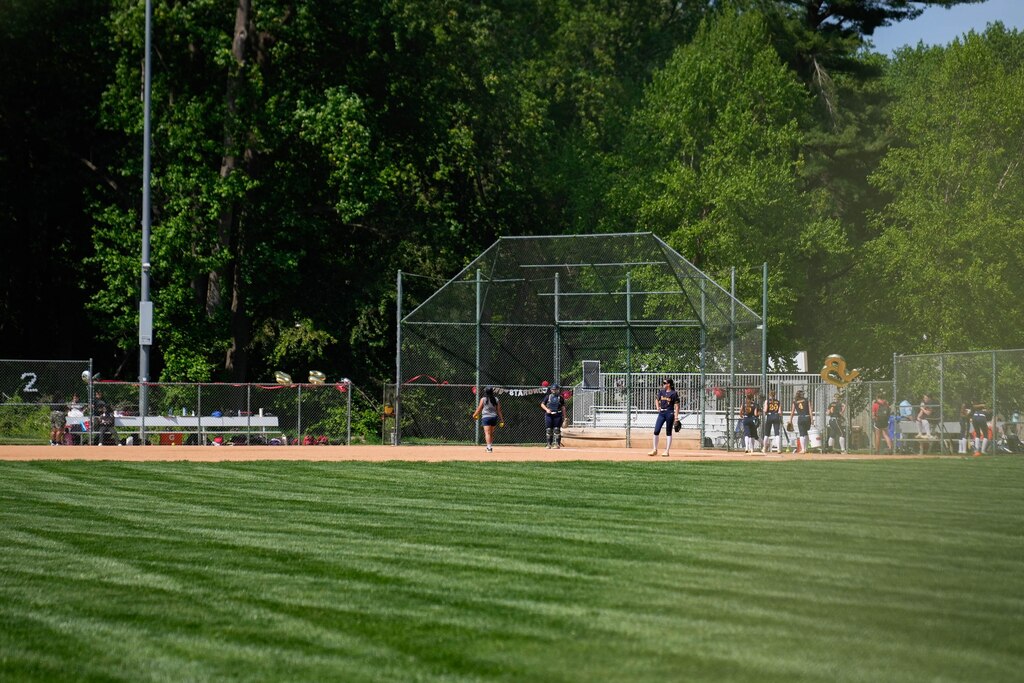Compared to many concrete, sun-baked blocks around Baltimore, Roland Park can feel like an oasis.
Georgian and Victorian-style homes stand on quiet streets shaded by verdant old trees. A privileged enclave in Maryland‘s poorest city, Roland Park is among the wealthiest — and greenest — neighborhoods in town.
Yet state lawmakers granted $500,000 from a program meant to fund parks in poor and polluted neighborhoods for the Roland Park Community Foundation.
The neighborhood foundation is leading one of three park projects that secured funding this General Assembly session under the 2-year-old Greenspace Equity Program. Lawmakers also directed $3 million for an “adventure sports” park in Montgomery County and $3.5 million to expand a Hyattsville park.
The Baltimore Banner thanks its sponsors. Become one.
How were these sites chosen? Lawmakers who spoke with The Baltimore Banner struggled to recall specifics of the decisions.
Proponents of the Roland Park project cited its benefits for nearby neighborhoods and two public high schools across Falls Road. But advocates, including one on the Greenspace program‘s advisory board, said projects were supposed to get funding through a competitive process prioritizing the neediest communities, not legislative dealmaking.
The Roland Park Community Foundation has raised $9 million in recent years to purchase 20 acres of the Baltimore Country Club’s former golf course to turn into a public park. The $500,000 is for preliminary site work.
Located on Roland Park‘s western edge, Hillside Park could include tennis courts and athletic fields, a play area, walking trails and hundreds of trees. A long, sloping lawn seems ideal for summer lounging and winter sledding.
Of Baltimore‘s 55 census tracts, “that is not one that I would say needs green space,” said Eric Jackson, director of the nonprofit Black Yield Institute. “Like needs it. Use it? Yes. But needs it?"
The Baltimore Banner thanks its sponsors. Become one.
Jackson’s organization applied unsuccessfully for $300,000 from the Greenspace fund last year to expand an urban farm in Southwest Baltimore‘s Mount Clare neighborhood. Though Jackson doesn’t begrudge Roland Park its funding, he said poorer and Blacker parts of town struggle to get enough money to address their problems.
The Maryland Department of Natural Resources, which oversees the Greenspace program, encourages unsuccessful applicants to reapply. But after the legislative set-asides, there‘s no money left, and the program will support fewer communities than DNR officials hoped.


Natural Resources Secretary Josh Kurtz said he only learned about the program appropriations after they’d been written into the budget. In the program‘s inaugural year, DNR selected 22 projects across 13 counties and Baltimore. Kurtz said his agency had planned to divide this year’s $7 million pool between many projects.
Many parts of Maryland have inequitable access to nature, Kurtz said, and using the budget to dole out program funds limits communities’ ability to participate.
Mary Page Michel, the Roland Park Community Foundation chair, said she asked her representatives in Annapolis for help funding Hillside, which her group expects to purchase soon.
The Baltimore Banner thanks its sponsors. Become one.
The foundation plans to put the new funding toward removing fences and dead trees, building a walking path, bridges and a parking pad — “the foundational elements of a park,” she said.
Baltimore Polytechnic and Western High School, the two public schools across Falls Road, have endorsed the foundation‘s plans for the property, while Michel said her group has worked with students at both schools over the last year, including with science classes at Poly and an environmental justice class at Western.
“Since the 1960’s, this 20 acres has been gated with No Trespassing signs,” Michel said in an email, “and we need to find ways to make it safe and welcoming for Baltimore residents.“
Even so, Michel said she‘d never heard of the equity fund.
Each of the projects selected by lawmakers falls in zones that qualify for Greenspace grants. Both the Montgomery County and Hyattsville parks are in “underserved” areas, according to a map of qualifying Greenspace communities, while the Roland Park property meets a provision that wraps in areas adjacent to priority communities.
The Baltimore Banner thanks its sponsors. Become one.
That doesn’t mean these three projects were most deserving, said Katie Lautar, a Greenspace program advisory board member. Lautar noted that Michel‘s group doesn’t yet own the land, a requirement for proposals like Roland Park‘s. She also questioned whether circumventing the application process was legal.
Lautar, who is also executive director for the nonprofit Baltimore Green Space, agrees Hillside Park is an exciting opportunity. But she said the foundation already demonstrated its ability to raise millions, while other groups wanting to apply for funds represent “much more underserved” communities with far less access to nature.

The lead sponsor of the 2023 bill creating Greenspace, Del. Dana Stein, declined to comment, saying he hadn’t reviewed the appropriations. A co-sponsor, Del. Regina Boyce, said she asked Senate colleagues for information but hasn’t gotten answers.
Others reached by The Banner said they didn’t remember specifics of the decisions.
Among them were Del. Mark Chang, chair of the House capital budget subcommittee, and Senate Budget and Taxation Chair Guy Guzzone, who said the concerns warrant scrutiny.
The Baltimore Banner thanks its sponsors. Become one.
Guzzone‘s house counterpart, Del. Ben Barnes, thought the recommendation to use Greenspace money came from the legislature‘s analysts and argued the General Assembly is just as equipped to vet projects as agencies.
Sen. Craig Zucker, chair of the capital budget subcommittee that approved the money, recounted discussion of the appropriations. Subcommittee members believed they met program criteria, he said, and no one objected to the Roland Park decision.
Zucker stressed that the General Assembly has long prioritized investments in Baltimore‘s low-income areas, spending millions more on improving the city than was available in this fund.
Senate President Bill Ferguson and House Speaker Adrienne Jones did not respond to requests for comment.
Others defended the Hyattsville and Montgomery County projects, which are in racially diverse communities.
The Baltimore Banner thanks its sponsors. Become one.
Del. Nicole Williams, who represents Hyattsville, said she requested the money for her community, which wants to expand its David C. Driskell Park.
Montgomery County Sen. Ben Kramer didn’t know Wheaton Regional Park had landed $3 million, but said it would support one of his district‘s most densely populated and diverse areas.
According to a Montgomery Parks webpage, the project includes a skate park, a bike skills track, climbing wall and an obstacle course.


Lautar, the Greenspace board member in Baltimore, also took issue with the other appropriations.
Montgomery County, Lautar said, already has a robust park system, and lawmakers deprived other communities’ opportunity to apply by giving most available cash to D.C. suburbs.
“I still can’t imagine if they had put in a competitive application, that DNR would have been like, ‘Sure. You can just award it to that adventure park,’” she said.
Zucker said the Roland Park allocation was inserted into the budget on the Senate side, though he couldn’t recall who pushed it.
Sen. Dalya Attar, who represents the area with Hillside, didn’t return calls or texts. Two of her House counterparts, Dels. Sandy Rosenberg and Malcolm Ruff, said they weren’t involved but defended the allocation.
Ruff, who grew up in Park Heights but attended Roland Park‘s prestigious Gilman School, said he understands how the decision may look.
But establishing a public park on the old country club grounds opens a once-exclusive space to all, he argued. Along with the two public high schools, he said nearby neighborhoods such as Medfield, Hampden and Park Heights stand to benefit.
“These are areas that could use this green space,” said Ruff. “We‘re going to make sure that this money is going to be used appropriately, to make sure this is used in the spirit of equity.”





Comments
Welcome to The Banner's subscriber-only commenting community. Please review our community guidelines.